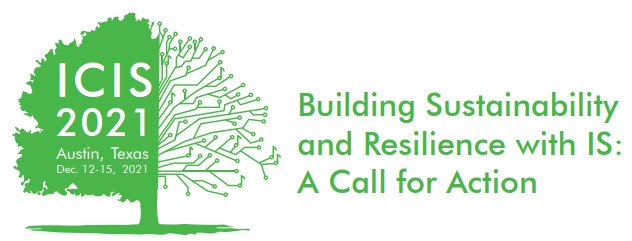Data Analytics for Business and Societal Challenges
Loading...
Paper Number
1713
Paper Type
Completed
Description
State-of-the-art NLP models such as BERT, RoBERTa or the Longformer show impressive results, but are also black boxes with their millions of parameters. As a result, decision makers abstain from using those models as decision support tool, because they do not understand their output. In this paper, we address this topic by additionally closing an important research gab in the XAI literature. We develop SumExp, which is a summarization-based approach for generating explanations for NLP models. In particular, SumExp provides a short, comprehensible summary with the most important information that led the model to a certain prediction. As such, this explanation is not only comprehensible, but also fulfils fidelity (i.e., similar prediction) and stability. We evaluate our approach on three publicly available datasets by first deriving state-of-the-art NLP models on them and then applying SumExp to the validation sets. The results confirm the fidelity, stability and comprehensibility of the methodology.
Recommended Citation
Hristova, Diana and Khan, Mohd Saif, "SumExp: A Summarization-Based Approach for Explaining NLP Models" (2021). ICIS 2021 Proceedings. 8.
https://aisel.aisnet.org/icis2021/data_analytics/data_analytics/8
SumExp: A Summarization-Based Approach for Explaining NLP Models
State-of-the-art NLP models such as BERT, RoBERTa or the Longformer show impressive results, but are also black boxes with their millions of parameters. As a result, decision makers abstain from using those models as decision support tool, because they do not understand their output. In this paper, we address this topic by additionally closing an important research gab in the XAI literature. We develop SumExp, which is a summarization-based approach for generating explanations for NLP models. In particular, SumExp provides a short, comprehensible summary with the most important information that led the model to a certain prediction. As such, this explanation is not only comprehensible, but also fulfils fidelity (i.e., similar prediction) and stability. We evaluate our approach on three publicly available datasets by first deriving state-of-the-art NLP models on them and then applying SumExp to the validation sets. The results confirm the fidelity, stability and comprehensibility of the methodology.
When commenting on articles, please be friendly, welcoming, respectful and abide by the AIS eLibrary Discussion Thread Code of Conduct posted here.



Comments
14-Data